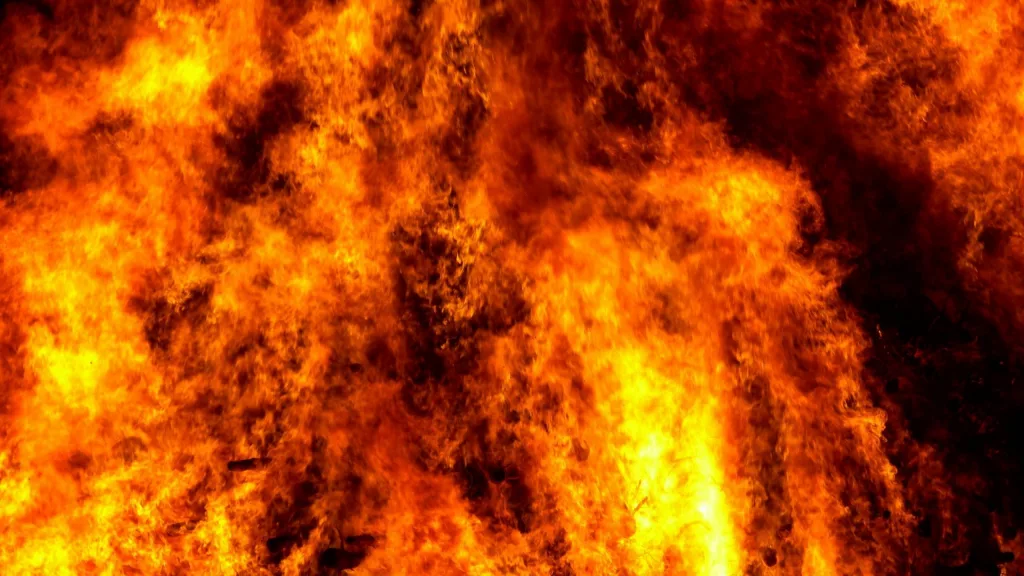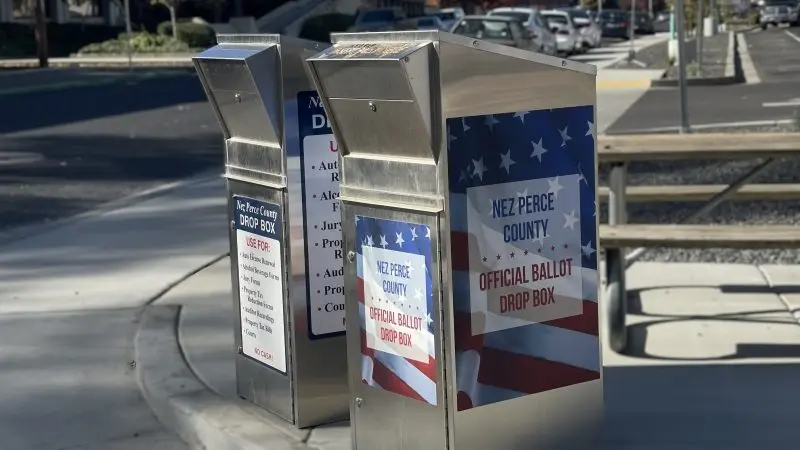BOISE, ID – On Saturday morning, the National Multi-Agency Coordination Group (NMAC), composed of wildland fire representatives from each wildland fire agency based at the National Interagency Fire Center (NIFC) in Boise, Idaho, raised the national wildland fire preparedness level one step higher to Preparedness Level 3.
“Peak fire season is here, and President Trump has created the most prepared and coordinated wildland firefighting force in the world. We are taking this fire season seriously, and our federal wildland firefighters are prepared to respond. Right now, there are several active fires burning across the country, and the U.S. Forest Service is actively responding. We are in an enhanced state of readiness,” said U.S. Secretary of Agriculture Brooke L. Rollins. “Fire response is not just about tackling active fires, but properly managing forests to prevent devastating fires from starting and destroying communities. At USDA we have declared a national forest emergency so we can clear out dangerous fuel and protect our forests for the future. No matter what this fire season brings, I am confident the Forest Service stands ready to respond with strength, speed, and effectiveness. Please keep our brave frontline first responders in your prayers this summer as they work to protect our homes and save lives.”
As of June 1, the Forest Service had hired 96% of its 11,300-firefighter hiring target, with full staffing anticipated by mid-July, reportedly ahead of where the agency has been in previous years.
Preparedness levels are dictated by fuel and weather conditions, fire activity, and fire suppression resource availability throughout the country. The five preparedness levels range from the lowest (1) to the highest (5). Each one includes specific management actions and involves increasing levels of interagency resource commitments. As preparedness levels rise, so does the need for incident management teams and suppression resources, which include wildland fire crews, engines, support personnel, helicopters, airtankers and other aircraft, and specialized heavy equipment, such as bulldozers.





